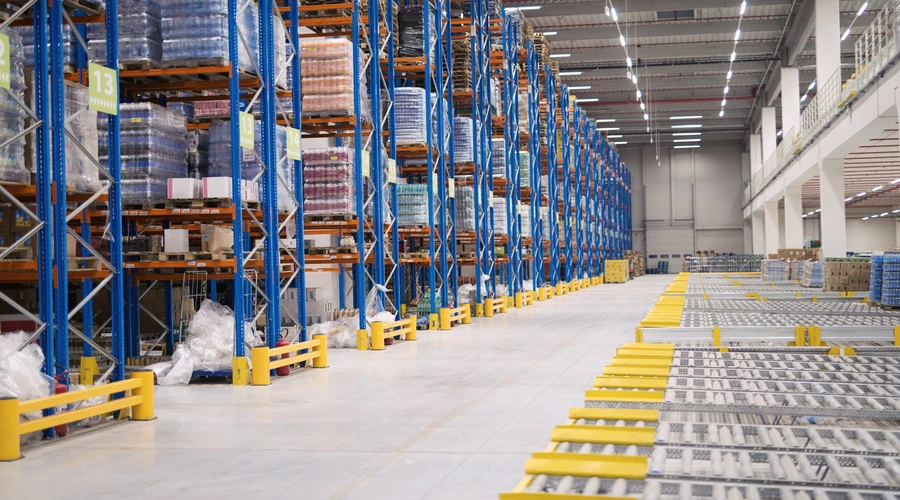
The condition of a pallet racking system is one of the most critical variables impacting its price. Pallet storage racks that have been used are less expensive than new systems, lowering the upfront capital commitment. Furthermore, the cost of secondhand pallet storage racks varies depending on their condition, age, and whether they arrive entirely disassembled or partially completed.
The pricing of pallet racking systems is affected by two fabrication methods.
The typical choice is roll-formed warehouse racking, which is appropriate for a wide range of typical storage applications. The horizontal beams are attached to the vertical uprights using teardrop-shaped slots, eliminating the need for bolts or other fasteners. The components are made of cold-rolled steel and are quite light in construction.
Roll-formed warehouse racking is a heavy-duty alternative to structural industrial racking. Hot-rolled C-channel components are used in structural steel racking, which the producer attaches. Structural racking is more expensive than roll-formed racking and is often heavier, which increases shipping expenses. Roll-formed industrial racking, on the other hand, has lower upright frame and beam capabilities than structural racking.
The pricing depends on the type of pallet storage rack you select. Pallet racking systems come in a variety of configurations, based on your warehouse racking’s individual needs.
Selective pallet racks are a low-density storage solution for warehouses with high selectivity requirements. Selective pallet racks are compatible with ordinary material handling equipment and come in a variety of layouts and sizes. Roll-formed selective industrial racking is the most cost-effective alternative on the market per pallet position. Structural selective racking is more expensive, yet many warehouses can still afford it.
A high-density and low-selectivity system allow forklift trucks to enter the racks for loading and unloading. Drive-in racking is more expensive than roll-formed selective racking, costing two to five times as much per pallet spot. However, for a warehouse that needs to store and retrieve homogeneous products on a LIFO basis, this approach can greatly boost storage capacity.
Pushback racking is a high-density, low-selectivity system that uses palletized inventory to be stored on carts on tracks set at an incline. The first pallet is placed on the top cart by a forklift vehicle. When a truckloads a second pallet, the first pallet, and its accompanying cart are moved to the back of the vehicle, freeing up the second cart for pallet placement. The first pallet travels forward in one position when a forklift vehicle retrieves the second pallet. Push-back racking is three to six times more expensive per pallet position than selective racking.
Pallet flow racking, also known as gravity-assisted racking, transports pallets from the back of the system, where employees load inventory, to the front of the system for retrieval, using roller lanes.
Pallet flow racks are more expensive to buy since they are more intricate in design and more expensive to produce and build. Pallet flow racking is the most expensive sort of racking available; as a result, it's critical to thoroughly assess your warehouse's demands before installing it.
13SQFT.COM is dedicated to assisting you in finding the ideal storage solution for your warehouse. We understand the importance of cutting costs wherever possible because we sell shelving and racking systems for a wide range of applications.
POSTED BY
Team 13SQFT